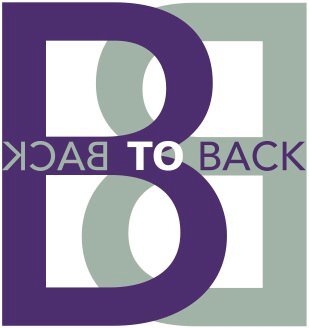Highlighting the need for 3d movement…
On Easter day I read a great article by Lucy Fry in the Telegraph newspaper. Lucy’s areas expertise include health, fitness and lifestyle.
Her article (I cannot yet see an online link) was about the Martin brothers and how they work using 3d movement. Andrew is a Chiropractor and Matthew is an Osteopath and they both use functional movement as part of their assessment and treatment strategies.
What Lucy brought to the table so well was how is it crucial for multiplanar movements to be used in treatment and exercise.
Like us at Back to Back, both of the Martin brothers work with many elite athletes (the article was in reference to how they work with many of Oxford boat crew) and more and more athletes and teams across the globe are starting to appreciate the importance of 3-dimensional assessment, treatment and exercises….that we really do move in 3 planes.
All clinicians spend a considerable amount of time learning about anatomy as part of their training. This is a huge and thorough undertaking. But it teaches us about the anatomy of a dead person on a mat and not what really happens when we move. When you really look and experience people moving, what our skeletons and muscles really do becomes very different to what we are taught.
We as practitioners need to challenge ourselves more to observe what really happens when we move and how this ‘real’ movement can be used for the success of our patients.
At Back to Back, we have the largest number of Functional Osteopaths in any one clinic in the UK who treat and assess using 3-dimensional movement. Exercises and rehabilitation is mostly upright and functional (i.e. close to the task required). Our Functional Osteopaths are trained in Applied Functional Science or AFS. A couple of us have also trained with Gary Ward of Anatomy in Motion.
AFS uses chain reaction biomechanics and is based on the principles of functional movement. Instead of looking at isolated areas of the body, AFS realises that everything is connected. For example, it can explain how a lack of ankle motion can affect the lower back.
If you are in need, call and speak to reception on 020 8605 2323.
Blog post by James Dodd

